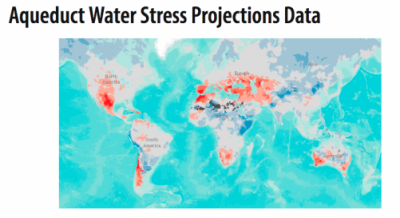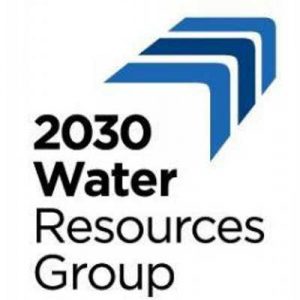Primary Functions
- Provides indicators of change in water supply, water demand, water stress, and seasonal variability, projected for the coming decades under scenarios of climate and economic growth.
Detailed Description
The Aqueduct Water Stress Projections Data include indicators of change in water supply, water demand, water stress, and seasonal variability, projected for the coming decades under scenarios of climate and economic growth. Both private and public sectors see the need to plan for potential changes in water availability caused by climate change and economic development. While significant effort has been made to develop long-term projections of changes in water availability caused by climate change, these projections are often for time periods too far in the future to be salient to decision-makers.
With the goal of producing information for decadal-scale planning, adaptation, and investment, the Aqueduct Water Stress Projections Data models potential changes in future demand and supply of water over the next three decades. Globally Aquaduct estimates indicators of water demand (withdrawal and consumptive use), water supply, water stress (the ratio of water withdrawal to supply), and intra-annual (seasonal) variability for the periods centered on 2020, 2030, and 2040 for each of two climate scenarios, RCP4.5 and RCP8.5, and two shared socioeconomic pathways, SSP2 and SSP3. The Aqueduct Water Stress Projections Data derives estimates from general circulation models (GCMs) from the Coupled Model Intercomparison Project Phase 5 (CMIP5) and mixed-effects regression models based on projected socioeconomic variables from the International Institute for Applied Systems Analysis (IIASA)’s Shared Socioeconomic Pathways (SSP) database.





